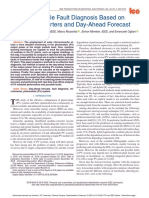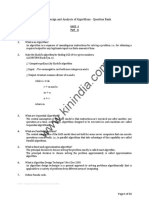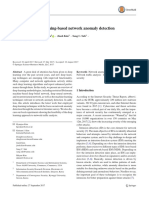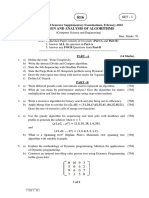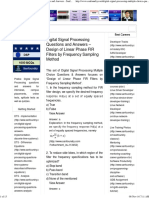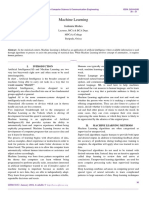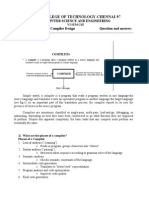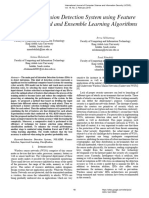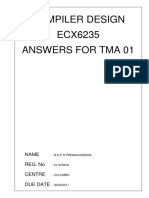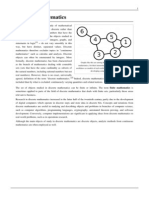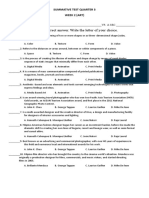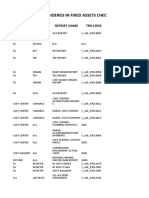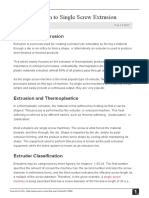0% found this document useful (0 votes)
65 views8 pagesDiscrete Optimization 2023 Homework 1
This document presents a mathematical formulation for finding the minimum spanning tree (MST) of a graph.
(1) It defines variables xe to represent whether edge e is included in the MST or not.
(2) The formulation aims to minimize the total cost of edges in the MST, subject to constraints that (a) exactly M-1 edges are included, and (b) for every cut of the graph, at least one edge crosses the cut, ensuring the selected edges form a connected subgraph.
(3) It proves this formulation is correct, as any spanning tree with M-1 edges satisfies the constraints. It also shows any solution to the constraints must be a spanning tree via a
Uploaded by
tirelli.aliceCopyright
© © All Rights Reserved
We take content rights seriously. If you suspect this is your content, claim it here.
Available Formats
Download as PDF, TXT or read online on Scribd
0% found this document useful (0 votes)
65 views8 pagesDiscrete Optimization 2023 Homework 1
This document presents a mathematical formulation for finding the minimum spanning tree (MST) of a graph.
(1) It defines variables xe to represent whether edge e is included in the MST or not.
(2) The formulation aims to minimize the total cost of edges in the MST, subject to constraints that (a) exactly M-1 edges are included, and (b) for every cut of the graph, at least one edge crosses the cut, ensuring the selected edges form a connected subgraph.
(3) It proves this formulation is correct, as any spanning tree with M-1 edges satisfies the constraints. It also shows any solution to the constraints must be a spanning tree via a
Uploaded by
tirelli.aliceCopyright
© © All Rights Reserved
We take content rights seriously. If you suspect this is your content, claim it here.
Available Formats
Download as PDF, TXT or read online on Scribd
/ 8





